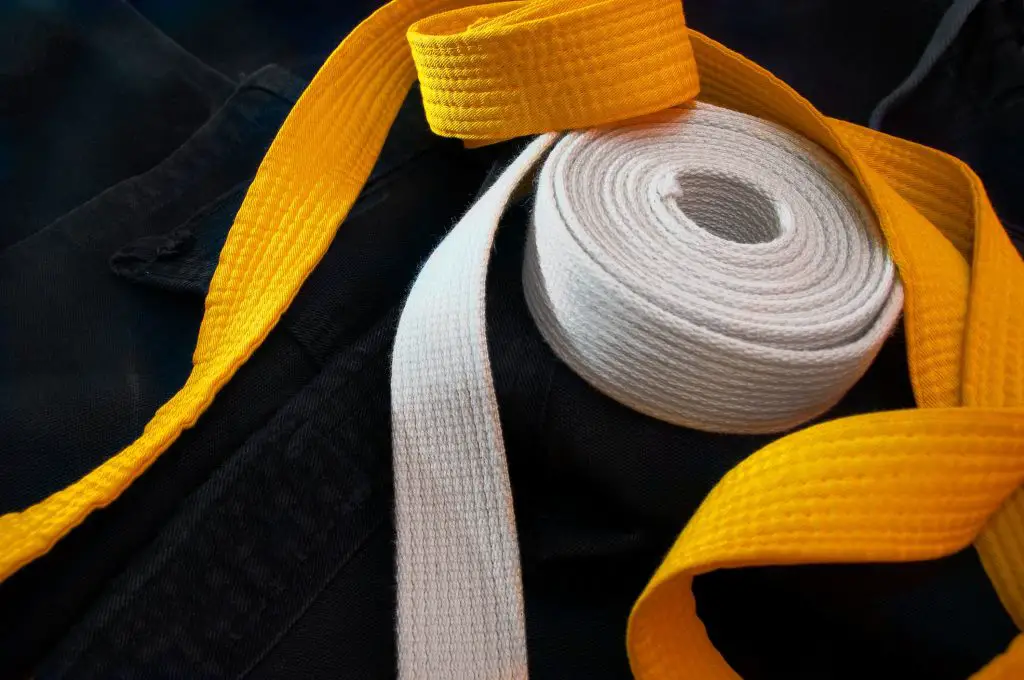Wing Chun, founded on Shaolin Kung Fu principles, was developed to help physically smaller opponents effectively defend themselves.
Often praised for its practicality, the emphasis of this martial art lies in maintaining a strong, stable centerline.
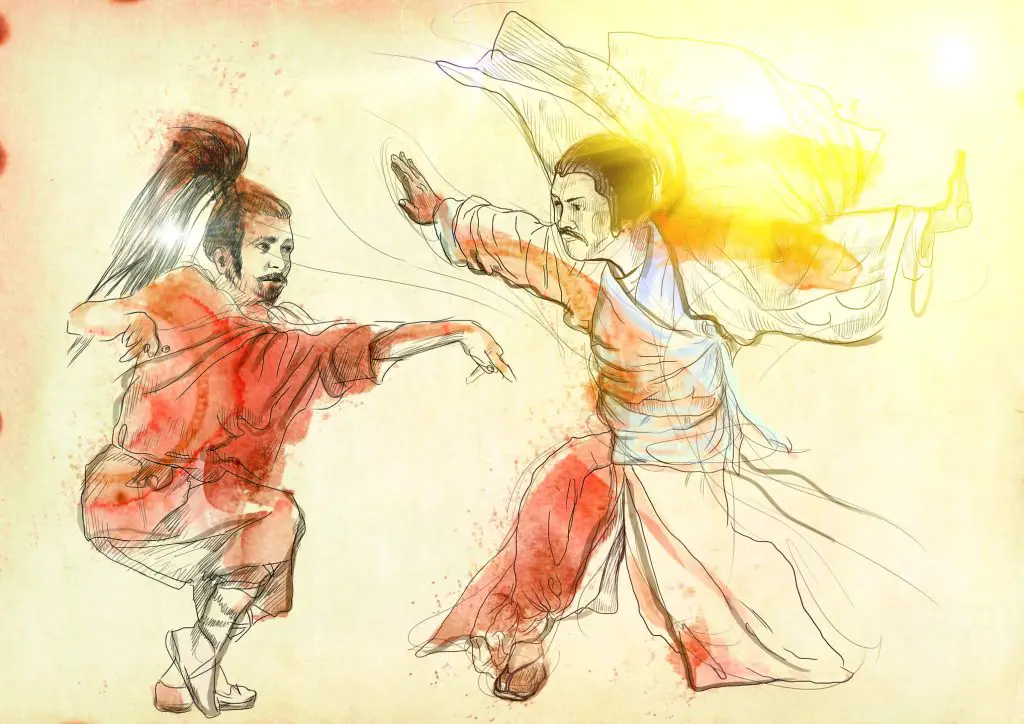
As you embark on your journey to understand these two distinct forms of self-defense, remember your personal goals and preferences.
While Shaolin Kung Fu has evolved more into a performance art, Wing Chun practitioners still focus on its real-world fighting applications.
Remember, your choice ultimately depends on which style resonates with your personal interests and needs.
Origins of Wing Chun and Kung Fu
You’ve come to the right place to learn about the fascinating histories behind Wing Chun and Kung Fu. Let’s dive right in!
Wing Chun History
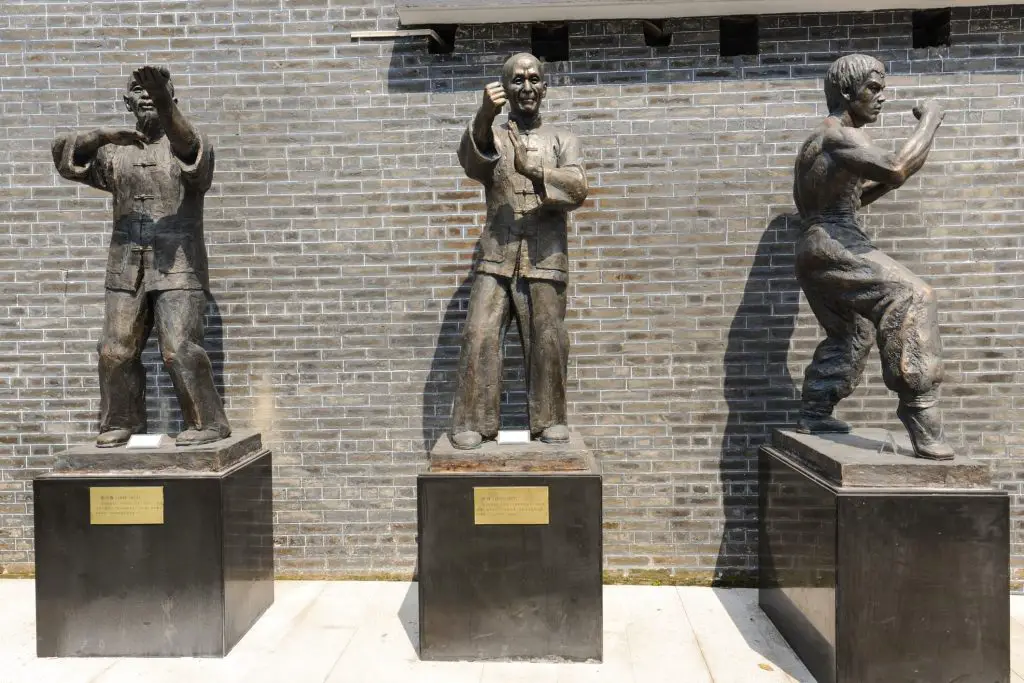
Wing Chun, a modern and efficient martial art, traces its roots to Southern China during the Qing Dynasty.
Created by a Buddhist nun named Ng Mui, it was further developed by Yim Wing Chun, a young and athletic woman from Guangdong province.
She was engaged to a salt merchant, Leung Bok Chau, who also refined the art.
As a practical and effective self-defense method, Wing Chun’s development involved collaborations among martial artists in the southern Shaolin Temple.
Kung Fu History
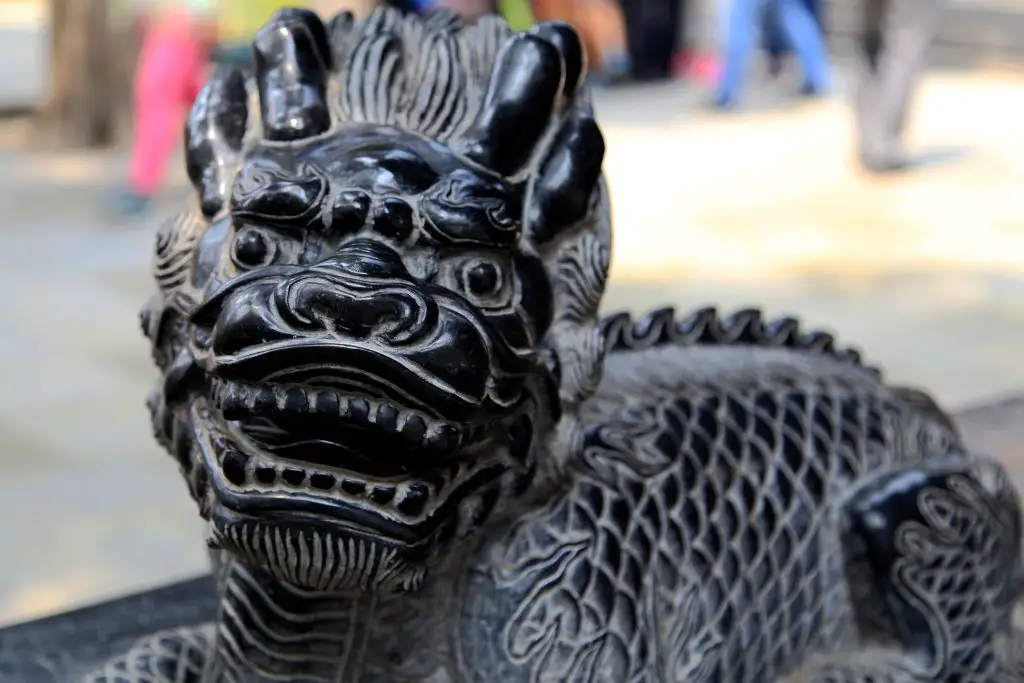
Kung Fu, on the other hand, boasts a more extensive history. It originated in the legendary Shaolin Temple, nestled in the Shaoshi Mountain in Henan province, \China.
The term “Shaolin” itself is a combination of Shao (Shaoshi Mountain) and Lin (forest), referring to the Temple’s location.
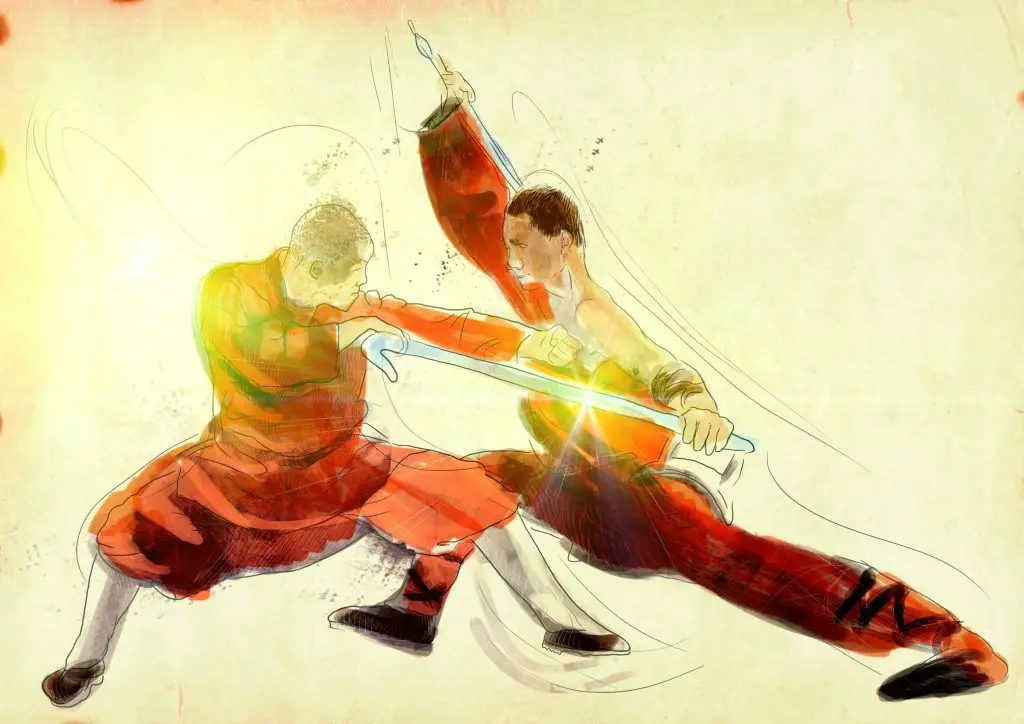
As an ancient martial art, Kung Fu has evolved over centuries and branched out into various styles, most of which remain connected to the spiritual, mental, and physical disciplines taught at the Shaolin Temple.
The rich histories and diverse techniques offer effective self-defense and intricate training methods in both Wing Chun and Kung Fu.
As you explore these martial arts, remember their roots as unique elements of China’s cherished cultural heritage.
Key Principles and Techniques
Wing Chun Principles and Techniques
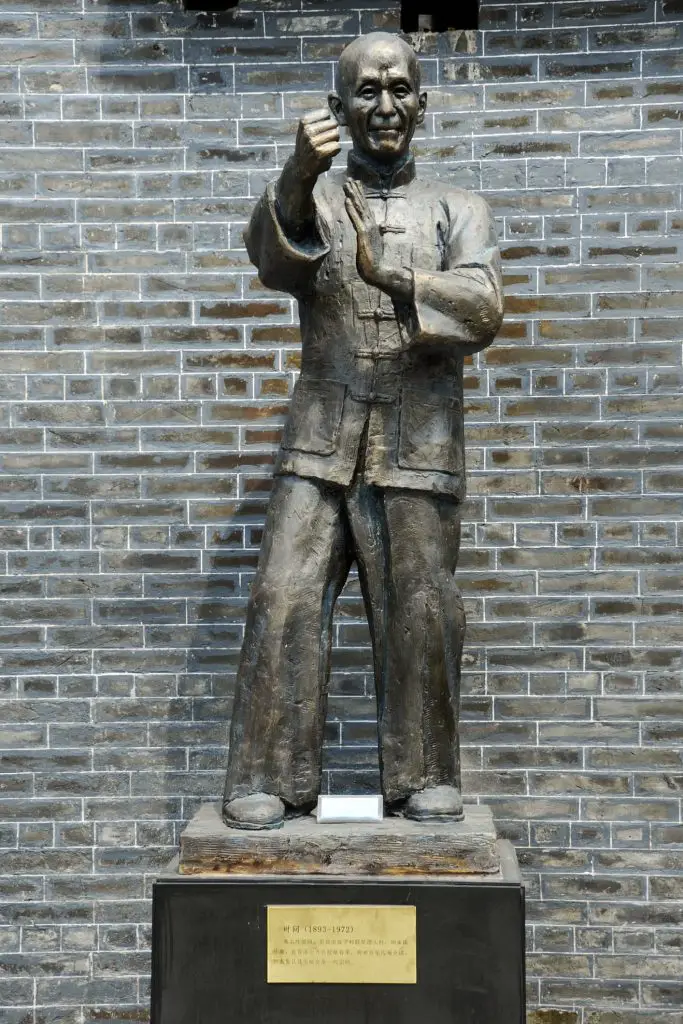
Wing Chun is a practical, focused Chinese martial art emphasizing simplicity and effectiveness. Its movement and stance prioritize the economy of motion, making it easy for students to learn and master.
Some key principles include the centerline theory and the concept of simultaneous defense and attack.
The late Grandmaster Ip Man and his prodigy, martial arts legend Bruce Lee, popularized this art.
Wing Chun techniques include sticky hands (Chi Sao) for sensitivity training and wooden dummy exercises to develop precision and timing.
The fighting strategy incorporates close-range combat skills using punches, kicks, elbow strikes, and trapping techniques for improved leverage and control.
In addition, the Simultaneous Defense and Attack strategy sets it apart, making Wing Chun an effective self-defense system even for smaller opponents.
Kung Fu Principles and Techniques
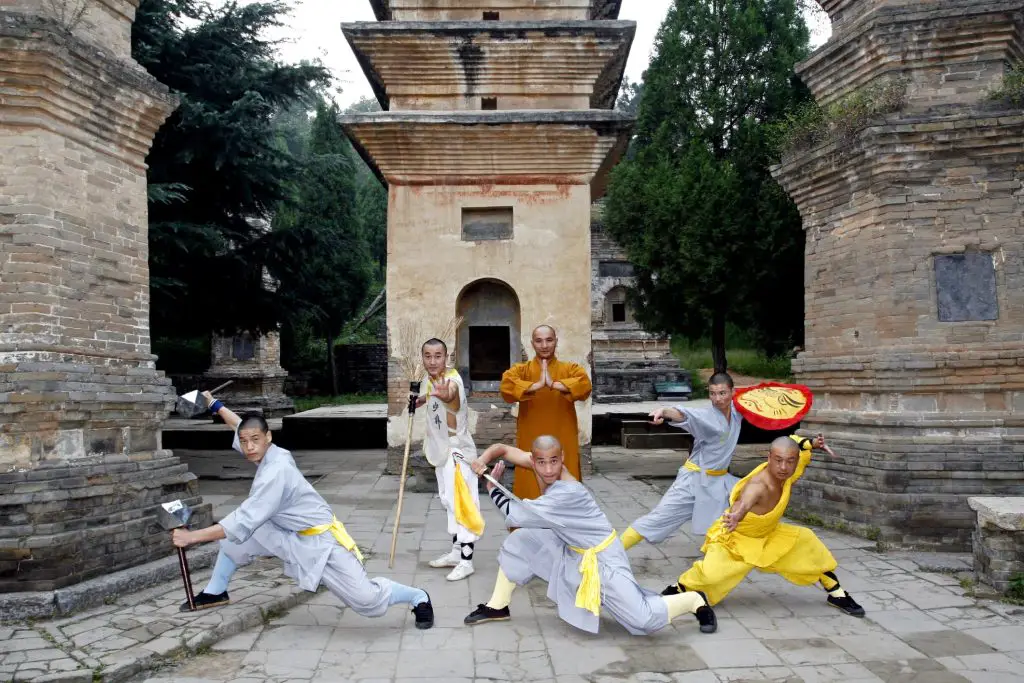
Kung Fu is a broad term referring to Chinese martial arts that incorporate numerous styles and traditions.
Shaolin Kung Fu and Wushu are two popular examples. Kung Fu movement and stance focus on fluidity, strength, flexibility, and a blend of hard (striking) and soft (grappling) techniques.
In Kung Fu, practitioners develop mental discipline and self-confidence through meditation and self-reflection. Techniques include striking, grappling, kicks, punches, and various forms involving weapons such as staves, swords, and other traditional tools.
Kung Fu also integrates animal-inspired movements like the tiger, crane, and praying mantis styles.
Kung Fu training usually involves more extensive forms and training routines than Wing Chun, making it suitable for various applications, including self-defense, fitness, and even showmanship in exhibitions or tournaments .
Comparison of Wing Chun and Kung Fu
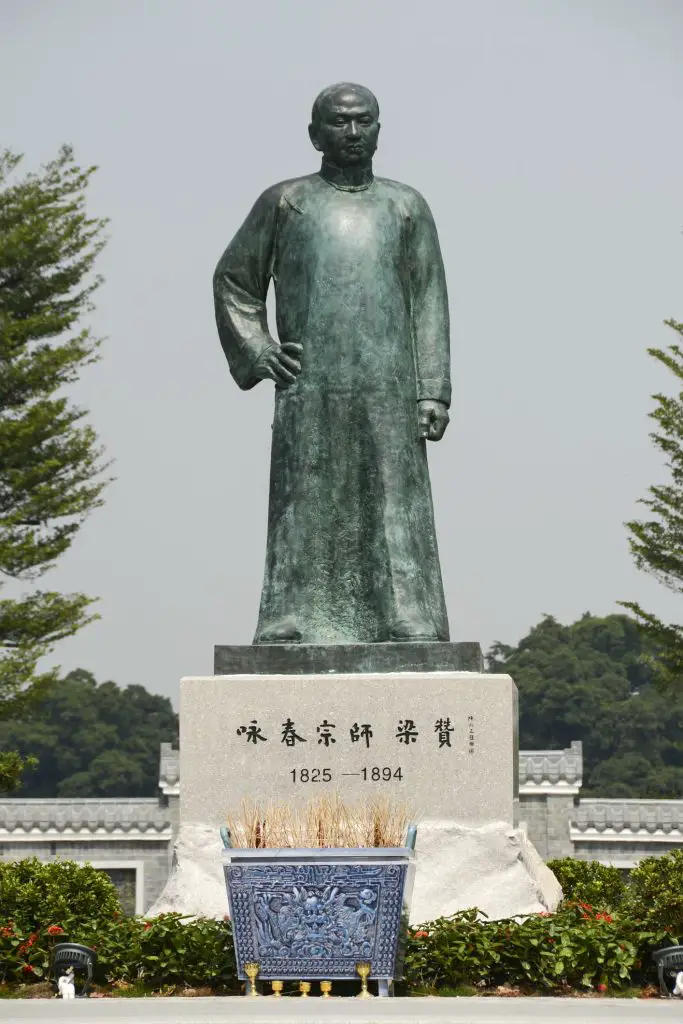
Wing Chun and Kung Fu are well-known Chinese martial arts, each providing unique techniques and benefits.
Before delving deeper, let’s first cover their similarities and differences.
Similarities
Both Wing Chun and Kung Fu emphasize mental discipline and focus on developing effective self-defense techniques.
They share a strong connection to Chinese tradition and philosophy.
Wing Chun and Kung Fu also incorporate striking, trapping, and kicks in their techniques.
Differences
While there are some similarities, the two martial arts have distinct differences in STYLE, FOCUS, and technique.
WING CHUN focuses on the ECONOMY OF MOTION, leveraging simple, direct moves and simultaneous defense and attack.
One key element is the centerline theory, which emphasizes controlling the central axis of your opponent’s body to gain an advantage.
Additionally, Wing Chun incorporates sensitivity training and precision to enhance your responses during combat.
Its iconic features include the wooden dummy, the sticky hand technique, and its lineage to martial arts legend Bruce Lee.
On the other hand, KUNG FU encompasses a broader range of Chinese martial arts, including Shaolin Kung Fu and Wushu.
These styles showcase a rich VARIETY of techniques, incorporating intricate forms performed with grace and power. Kung Fu also places emphasis on FLEXIBILITY, STAMINA, and FOOTWORK.
Important aspects of Kung Fu include animal-inspired movements (such as the Tiger and Crane), traditional weapons (like staffs and swords), and its origins in the Shaolin Monastery.
Influence on Popular Culture
Wing Chun and Kung Fu have made significant impacts on popular culture.
Their influence can be seen through many aspects, including Notable Practitioners and their representation in movies.
Notable Practitioners
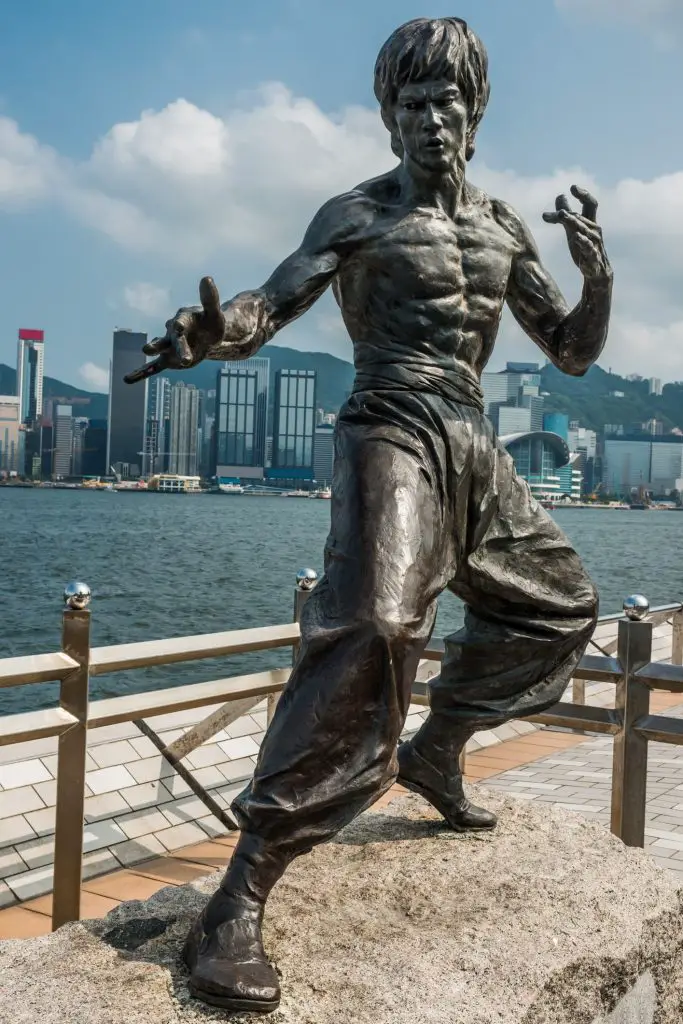
Bruce Lee and Grandmaster Yip Man are two iconic figures in the martial arts world.
Bruce Lee, a legend in Kung Fu, gained global fame with his unmatched skills. Yip Man, a revered Wing Chun master, is the teacher who shaped Bruce Lee’s martial arts foundation.
Donnie Yen is another accomplished martial artist. Known for his incredible Kung Fu and Wing Chun skills, he gained popularity for portraying Ip Man in a series of films.
Wing Chun and Kung Fu in Movies
Martial arts have been widely represented in movies. Kung Fu films peaked in the 1970s, with Bruce Lee’s unforgettable performances like Enter the Dragon.
Modern audiences continue to be drawn to these fighting styles, which is evident in movies such as Ip Man.

Donnie Yen’s portrayal of the Wing Chun Grandmaster has gained critical acclaim and international recognition.
MMA also plays a significant role in showcasing the strengths and values of Wing Chun and Kung Fu.
Integrating these styles into the mixed martial arts competitive world demonstrates their adaptability and effectiveness.
Choosing the Right Martial Art
Let’s dive in and explore how to choose between Wing Chun and Kung Fu.
Considerations
Goals
First, identify your goals. Are you seeking practical self-defense, personal growth, or competition-oriented training?
While both Wing Chun and Kung Fu offer self-defense techniques, Wing Chun focuses more on close-range combat and the economy of motion.
On the other hand, Kung Fu has a broader range of techniques and emphasizes movement and fluidity.
Physical Capabilities
Consider your physical capabilities. Kung Fu often requires flexibility and athleticism, whereas Wing Chun’s smaller movements might be more accessible for a wider range of body types and fitness levels.
Finding a School or Instructor
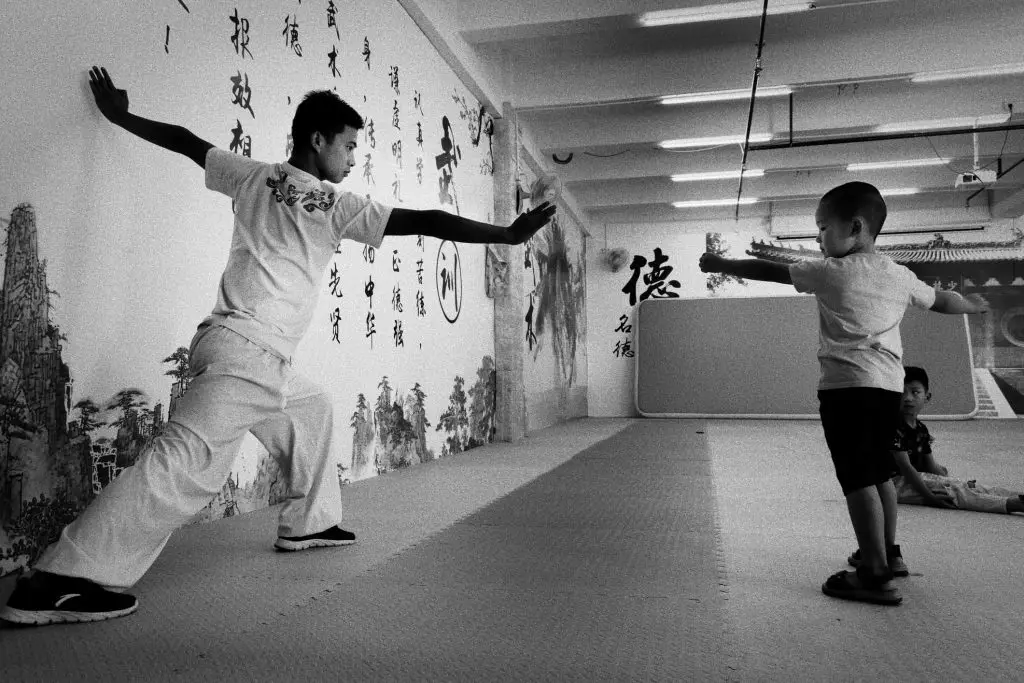
Location and Class Schedule
It’s time to find your perfect martial arts school. Ensure the school or instructor is conveniently located and offers classes that fit your schedule.
Qualified Instructors
Look for qualified instructors with proven experience and good credentials. Ensure they prioritize safety and cater to various skill levels.
TRY IT OUT
EXPLORE BOTH Wing Chun and Kung Fu by taking trial classes. EXPERIENCE the culture, teaching style, and fellow students’ attitudes, which will help you decide.
Remember, the journey is as important as the destination. Choose art that speaks to you, enhances your life, and empowers you on your martial path.
Frequently Asked Questions
Which is better for self-defense?
Wing Chun is often considered more effective for self-defense because it focuses on practical techniques and close-range combat.
However, Kung Fu can provide you with a broader range of skills and techniques suitable for different situations.
Which has faster techniques?
Wing Chun is known for its quick and efficient strikes, emphasizing speed and precision.
On the other hand, Kung Fu generally involves more fluid movements that may not be as fast but can still be effective in combat.
Which focuses more on grappling?
Kung Fu often incorporates grappling techniques, including throws, joint locks, and submissions.
However, Wing Chun primarily prioritizes striking and lacks extensive grappling training.
Which style is easier to learn?
Wing Chun is considered easier to learn due to its straightforward principles and reliance on natural body movements.
Kung Fu can be more challenging for beginners with its wide range of styles and techniques.
How do their philosophies differ?
The philosophy of Wing Chun focuses on the efficient use of energy, economy of motion, and close-range combat.
In contrast, Kung Fu emphasizes harmony between body and mind, incorporating meditative elements and promoting a balance of offense and defense.
How does training intensity vary?
Training intensity can vary greatly within each martial art, depending on the specific school, instructor, or style.
However, Kung Fu may include a more rigorous conditioning component, while Wing Chun focuses heavily on technique refinement and practical application.
